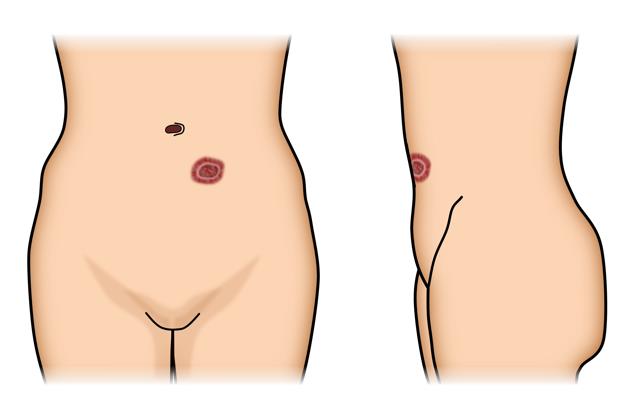What to Expect with a Temporary Stoma

Several medical conditions or accidents can require a person to need to have an ileostomy or colostomy to allow for colorectal healing. During that time, the intestines will be redirected to a stoma, from which the body will expel hard waste as feces. Patients need to understand the importance of having, and knowing how to use, the proper post-ostomy supplies to keep the area clean and functional as they wait to have their stoma reversed.
Supplies
After an ostomy, the patient will affix a plastic bag over the stoma to collect and remove feces. This is secured with strong medical tape around the stoma, but in order to stick properly, the patient must clean and place powder around the area first. These supplies should be prescribed by your colorectal surgeon.
Durability
While supplies for a permanent ostomy are designed to be more long-lasting, patients with temporary stomas can expect to need to change their bags and dressings every two to three days. It’s important to clean the site after that amount of time to avoid infection, and while ostomy bags can be emptied a few times, some fecal matter will stick to their sides. The bags are usually visually discreet and heavy enough to mask smell to a point, but after a few uses, patients will want to have clean bags. Also, even with careful installation, leaks around the stoma site or tears in the bag may occur, so it’s important to keep a close eye on them.
Post-Reversal
After the stoma is surgically reversed, the patient’s bowels should begin functioning immediately, with normal frequency and function leveling out in a few weeks. The stoma will leave a scar, but the bigger concern would be internal scar tissue. If you experience painful stool after a few weeks, or difficulty moving your bowels, consult your physician quickly.
Stomas are never desirable, but they are sometimes medically necessary. The good news life with one is very manageable.











